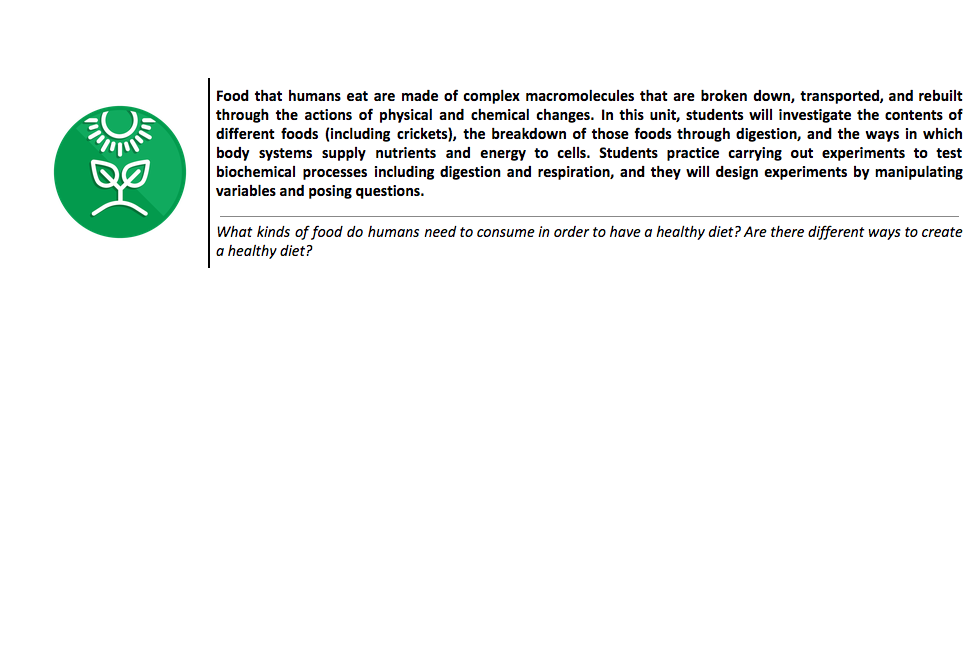- NV Science Team
- Professional Learning
- HS Biology
- HS Earth & Space
- Earth Science SY 23-24
- Chemistry
- Physics
- Living Environment and Earth Science Archive
- LE Resources: LE Getting Started
- LE Unit 1: LE: Characteristics of Living Things
- LE Unit 2: LE: Nutrients, Energy, and Biochemical Processes
- LE Unit 3: LE: Homeostasis in Human Body Systems
- LE Unit 4: LE: Disease and Disruption of Homeostasis
- LE Unit 5: LE: Comparative Reproduction
- LE Unit 6: LE: Genetics, Biotech, and Decision-Making
- LE Unit 7: LE: Ecosystems and Invasive Species
- LE Unit 8: LE: Climate Change and Human Impact: Extinction vs. Evolution
- LE Regents Prep Resources: Living Environment Regents Prep Resources
- LE Data Tools: Living Environment Historical Regents Data
- ES Resources: ES: Getting Started
- ES Unit 1: ES: Origin of the Universe and Our Solar System
- ES Unit 2: ES: Earth's Interior and Plate Tectonics
- ES Unit 3: ES: Landscapes and Surface Processes
- ES Unit 4: ES: Geologic History and Evolution of Life
- ES Unit 5: ES: The Earth-Sun-Moon System
- ES Unit 6: ES: Weather
- ES Unit 7: ES: Geography, Climate, and Human Cities
- ES Unit 8: ES: Review of Major Topics
- ES Regents Prep Resources: Earth Science Review Modules
- ES Data Tools: Earth Science Historical Regents Data Tools
- Bulk Downloader Demo Video
Find Resources
Search and browse resources for your classroom.
Use the filters below to see resources for a specific course, unit, and more.
Curriculum:
Filter By:
Type
Standards
- Earth Science (NY State Core Curriculum, 2005) - Standard 4
Showing 14 Resources:
Clear Filters
Regents-Based Item Bank
Living Environment and Earth Science Archive





















